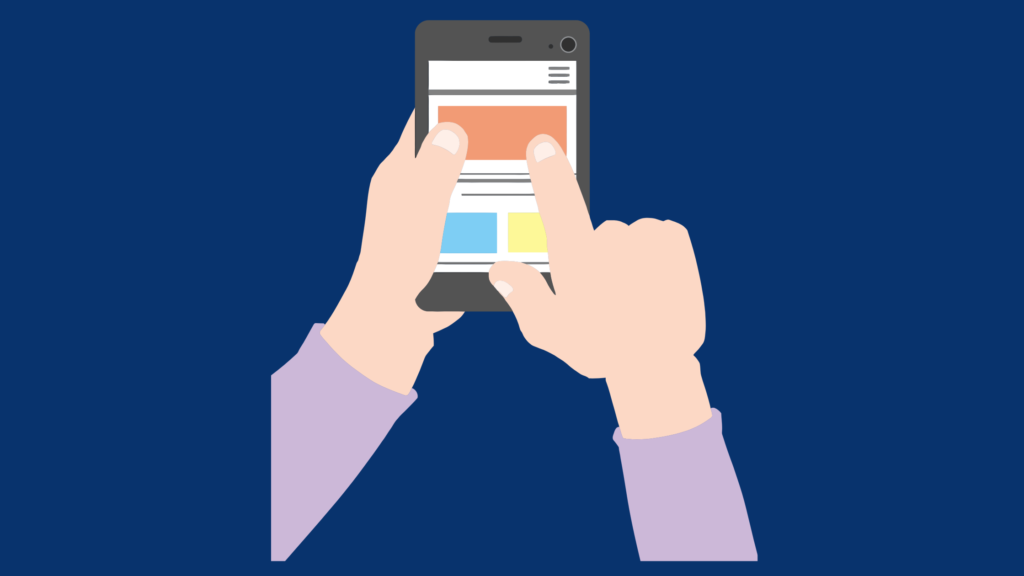
Writing for Mobile Platforms

Introduction
Writing for mobile platforms like smartphones and pads is an important specialization for technical writers.
The trend is already picking up speed.
One “mobile writing guru” is Joe Welinske of WritersUA who has done a lot to advance our understanding of the new challenges facing us in the mobile frontier. In a webinar organized by STC Washington D.C. Baltimore chapter , Welinske presented interesting examples of this new type of writing required by the limited real estate of mobile gadgets.
Lessons Learned
Lesson 1
One lesson I learned in that webinar is the need to adopt a new vocabulary of action like “pinching” or “swiping” that we do not use in traditional documentation. I’m sure eventually there will emerge a consensus on the standard ways to use such new procedural verbs, regardless of the OS or the gadget brand.
Lesson 2
A second lesson is the need for parsimony and economy. It seems like even the giants of tech space like Google are still producing documentation with habits dating back from traditional paper-based documentation.
Here is an example:
Let’s look at some of the filler material here.
SENTENCE 1: “When you save a page as a template, you create a copy of the page that you and others can use to create new custom pages.”
QUESTION: Is this sentence necessary?
ANSWER: No. It’s not.
WHY? Because I’m on this page only to learn how to create a page template.
SENTENCE 2: “When you create a new page, you’ll see all the templates you’ve saved.”
QUESTION: Is this sentence necessary?
ANSWER: No. It’s not.
WHY? Because I’m on this page only to learn how to create a page template.
You can go through the other sentences and easily conclude that much of the text cab eliminated safely without damaging the information content of the page.
So here is my SOLUTION:
Which screen would you prefer to learn how to create a page template?
Lesson 3
There is also a great need to pay a lot of attention to command buttons that are on every webpage.
Consider the following label alternatives for the same command button:





